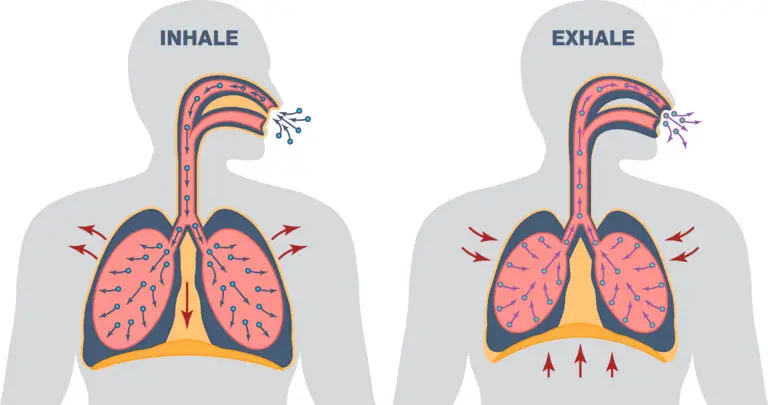Respiration

Table of Contents
What is Respiration?
Respiration refers to the process by which living organisms exchange gases with their environment, typically involving the uptake of oxygen and the release of carbon dioxide. This process is essential for the production of energy through the breakdown of organic molecules, such as glucose, and plays a crucial role in the metabolic activities of cells.
There are two main types of respiration: cellular respiration and breathing (or external respiration).
Respiration in Biology
Cellular Respiration
Cellular respiration is the metabolic process that takes place within cells to convert nutrients, primarily glucose, into energy in the form of adenosine triphosphate (ATP).
Stages
- Glycolysis: The initial breakdown of glucose into pyruvate, occurring in the cytoplasm.
- Krebs Cycle (Citric Acid Cycle): A series of chemical reactions that further break down pyruvate and generate electron carriers (NADH and FADH2), occurring in the mitochondria.
- Electron Transport Chain (ETC): The transfer of electrons through a series of protein complexes, leading to the production of ATP, occurring in the inner mitochondrial membrane.
Final Product
Cellular respiration produces ATP, which serves as the primary energy currency of cells. It also generates carbon dioxide and water as byproducts.
Breathing (External Respiration)
Breathing, or external respiration, is the process of exchanging gases (oxygen and carbon dioxide) between an organism and its external environment.
Mechanism
In animals, breathing typically involves the inhalation of oxygen-rich air and the exhalation of carbon dioxide-rich air. This process occurs in specialized respiratory organs, such as lungs or gills.
Role
External respiration provides the necessary oxygen for cellular respiration and removes carbon dioxide, which is a waste product of metabolism.
Significance of Respiration
Energy Production: Cellular respiration is the primary mechanism by which cells extract energy from nutrients. ATP generated during this process fuels various cellular activities.
Metabolism: Respiration is a key component of cellular metabolism, allowing organisms to break down complex molecules into simpler ones and extract energy for life processes.
Gas Exchange: Breathing facilitates the exchange of gases (oxygen and carbon dioxide) between an organism and its environment, supporting the oxygenation of tissues and the removal of waste carbon dioxide.
Homeostasis: Respiration plays a role in maintaining the balance of gases, pH, and energy levels within an organism, contributing to overall homeostasis.
Adaptations to Environments: Different organisms have evolved various respiratory adaptations to thrive in diverse environments, such as lungs in mammals, gills in fish, and tracheal systems in insects.
Connection to Other Metabolic Pathways: Cellular respiration is interconnected with other metabolic pathways, such as photosynthesis, glycolysis, and the citric acid cycle, forming a complex web of energy transformations in living organisms.
Related Links
Abiotic Factors
Cellular Respiration
Mitochondria
Nitrogen Cycle